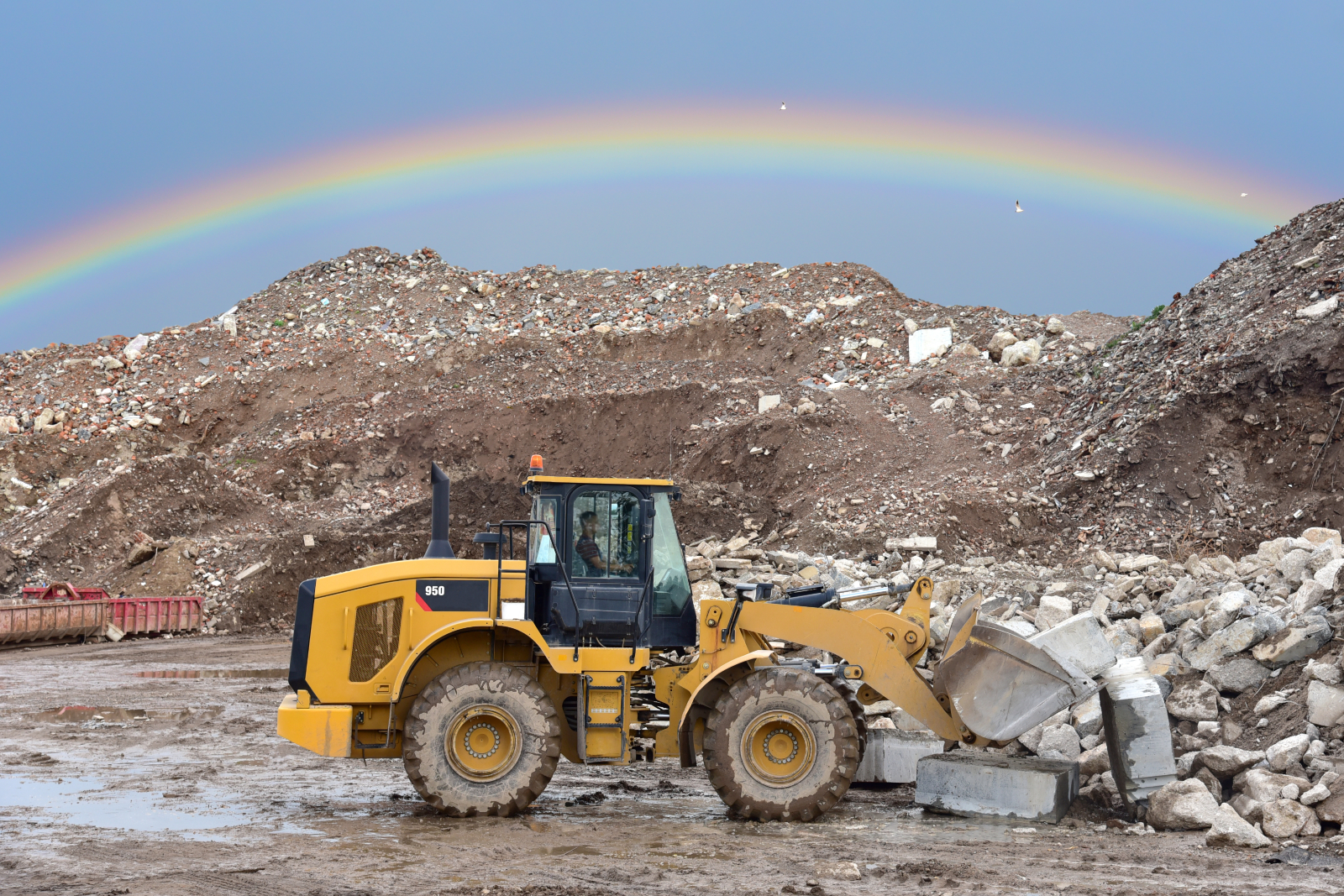
Researchers at the University of Tokyo have come up with a new kind of concrete that has the potential to reduce emissions from the construction industry.
Being such a durable and versatile material means that, globally, in every town and every city, concrete is used to give our buildings shape and strength. The huge scale of the concrete industry comes at a cost – it’s estimated that around 7% of the world’s carbon dioxide emissions come from the manufacture and use of cement, which is the main component of concrete. The use of calcium in this process is a particular problem because it is usually obtained by burning limestone.
Now, a new material which could reduce those emission levels has been proposed and proven to work by Professor Ippei Maruyama and Professor Takafumi Noguchi, from the Department of Architecture at the University of Tokyo.
Taking inspiration from the way some aquatic organisms harden into fossils over time, the Tokyo team have found a way to take waste concrete and captured carbon dioxide and combine them into a usable material called ‘calcium carbonate concrete’.
Professor Maruyama said:
“Our concept is to acquire calcium from discarded concrete, which is otherwise going to waste. We combine this with carbon dioxide from industrial exhaust or even from the air. And we do this at much lower temperatures than those used to extract calcium from limestone at present.”
Showing great promise as a construction material, calcium carbonate is a durable material and there is a lot to be gained from the way this involves recycling large quantities of material and waste (thereby reducing the environmental impact of landfill and potentially making this material really useful in places where natural resources are limited).
Will we be soon be using this type of concrete in construction?
At present, calcium carbonate concrete is not quite as strong as typical concrete and so far, the research team have only made small blocks a few centimetres high.
Professor Noguchi explained:
“It is exciting to make progress in this area, but there are still many challenges to overcome. As well as increasing the strength and size limits of calcium carbonate concrete, it would be even better if we could further reduce the energy use of the production process. However, we hope that in the coming decades, carbon-neutral calcium carbonate concrete will become the mainstream type of concrete and will be one of the solutions to climate change.”
To sum up, this looks like a great new material for the construction industry to take on board but it’s practical use is still a little way ahead in the future.
30.11.2021
Feature image: Maksim Safaniuk/Shutterstock.com








